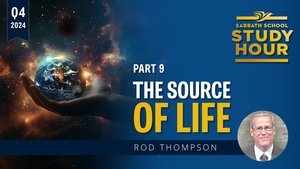
Scripture: John 14:6 Lesson: 9 This week continues with the revelation of God as given us in John. We will also more fully explore the flip side of things, in which, despite the powerful evidence for Jesus as the Messiah, some rejected Him. We will study this idea for two reasons: to avoid the same mistake, but also to consider how we might be able to reach out to those in danger of making that mistake, as well.
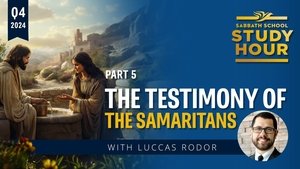
Scripture: John 4:42 Lesson: 5 At the time of Christ, this animosity continued. The Jews avoided Samaria as much as possible. Though commerce may have gone on, other interaction was taboo. The Jews would not borrow from Samaritans or even receive a favor from them. Within this context, John recounts the encounter between Jesus, the woman by the well, and the people of the Samaritan city of Sychar.
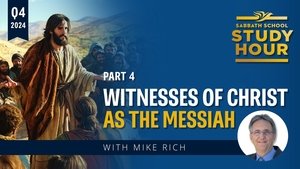
Scripture: John 3:3 Lesson: 4 This week begins with the powerful witness of John the Baptist. Other witnesses come on the stage as well: Andrew and Simon Peter, Philip and Nathaniel, and a most unexpected witness, the Pharisee Nicodemus. But another witness stands back in the shadows (that other disciple with Andrew, in John 1:35, 40)—John himself.
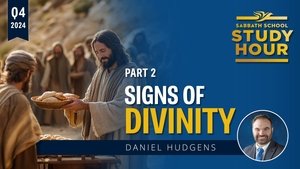
Scripture: John 11:25-26 This week’s lesson looks at three of Jesus’ greatest signs of His divinity. What is striking is that in every case some people did not believe the miracle or perceive its significance. For some it was a time of turning away from Jesus; for others, a time for deepening blindness; and for others, a time to plot Jesus’ death. And, for others—a time to believe that Jesus was the Messiah.
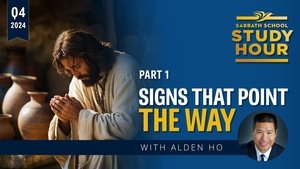
Scripture: John 20:30-31 Why did John write his Gospel? Did he wish to emphasize Jesus’ miracles? Or to emphasize some specific teachings of Jesus? What was the reason for writing what he did? This week we’re going to look in John at some of Jesus’ early miracles—from His turning water to wine at a wedding, to restoring to health someone’s very sick son, to the healing of the man at the pool of Bethesda.